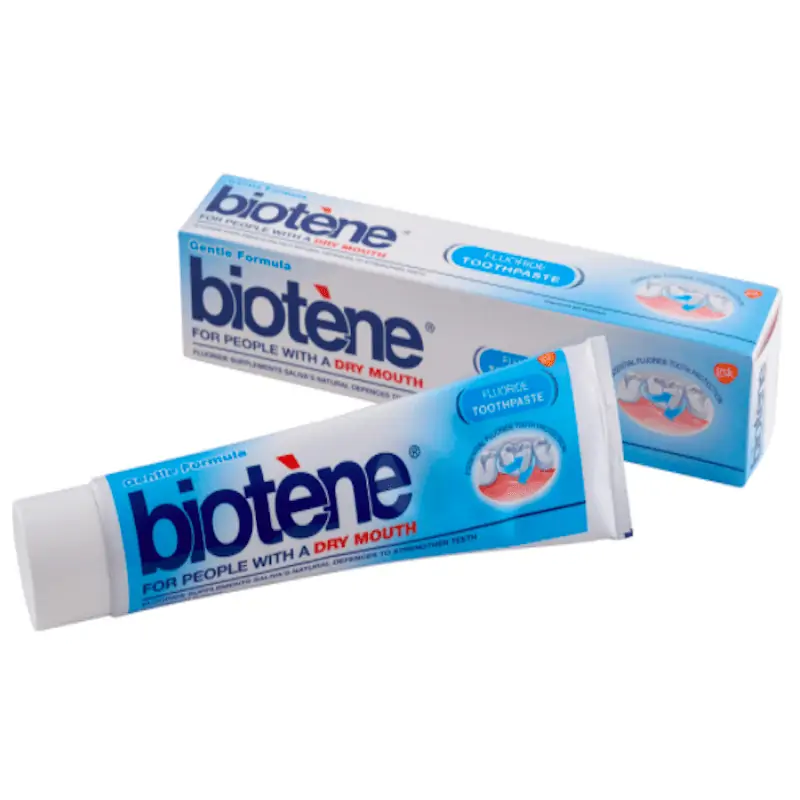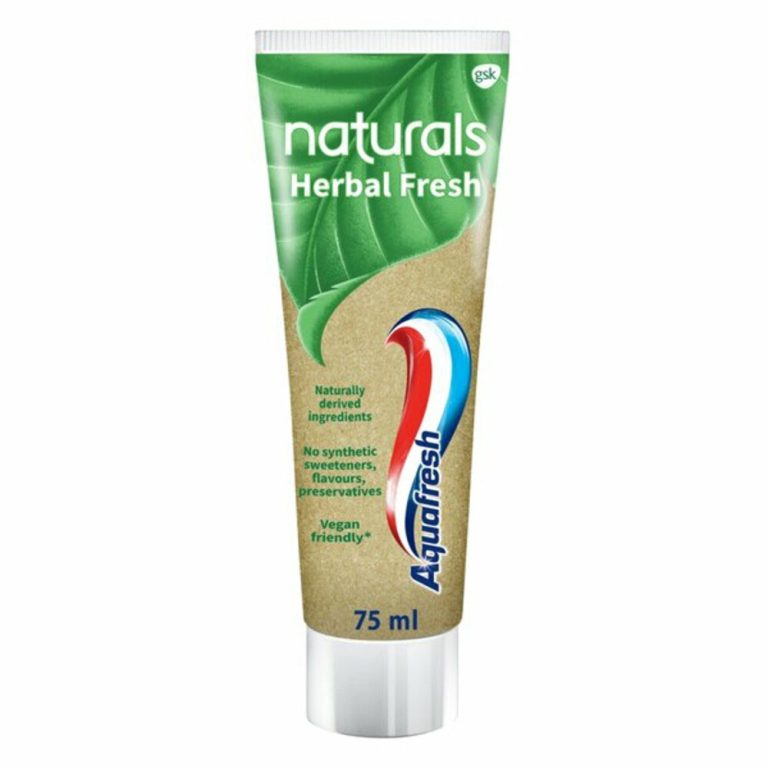
Expired Toothpaste: Is It Harmful or Just Ineffective?
What Happens When Toothpaste Expires
When toothpaste expires, its essential ingredients start to deteriorate. This process gradually reduces the effectiveness of the toothpaste. The active agents, such as fluoride, which help in preventing tooth decay, become less potent. Moreover, the texture and taste of the paste may alter, leading to a less pleasant brushing experience.
While using expired toothpaste is not necessarily dangerous, the benefits for your oral health diminish. It may not clean your teeth as effectively or offer the same level of protection against cavities. Expired products can also become breeding grounds for bacteria, although this is rare for toothpaste due to its ingredients.
The consistency of the toothpaste can change as well. It might become either too hard or too liquid, making it difficult to spread on your toothbrush. This can affect how easily you can apply it to your teeth while brushing. Additionally, if the packaging has been compromised, the contents may be exposed to external contaminants.
In conclusion, while using toothpaste past its expiration date is not likely to cause harm, its performance does suffer. For the best oral hygiene, sticking to non-expired toothpaste is always the better choice. Keep an eye on the expiration date and ensure regular replacement to maintain optimal dental health.

The Risks of Using Expired Toothpaste
Using expired toothpaste may come with hidden risks. Although it’s rare, potential health risks can surface. Here are some points to consider:
- Reduced Efficacy: Expired toothpaste may not prevent cavities as effectively. The active ingredients like fluoride lose their strength over time.
- Unpleasant Experience: A changed texture or taste can make brushing a chore rather than a routine practice. This might lead to brushing less often, which can affect oral health.
- Risk of Bacteria: An unlikely but plausible concern is the growth of bacteria in expired products. Although toothpaste typically hinders bacteria due to its components, it’s not impossible.
- Compromised Packaging: If seals break down, contaminants might get in. This could be an issue for toothpaste stored in poor conditions.
To stay on the safe side, it’s best to avoid using toothpaste after its expiration date. Keep your mouth healthy by using fresh toothpaste within its shelf life.
The Effectiveness of Expired Toothpaste
The effectiveness of expired toothpaste often comes into question. When toothpaste goes past its expiration date, its ability to maintain oral hygiene weakens. Key, active ingredients lose their capacity to fight against plaque and tooth decay.
Fluoride, the critical cavity-preventing component, diminishes in strength with time. With reduced fluoride potency, the toothpaste may fail to fortify your teeth’s outer layer. This means you might be more prone to cavities and dental erosion.
Expired toothpaste also might not foam as much. This lack of foaming means a less thorough clean, as the foam helps spread the toothpaste across all your teeth. Moreover, the decreased foam could change the way the toothpaste feels in your mouth, possibly making the brushing experience less pleasant and effective.
It is not just about how well it cleans, but also about how it makes you feel while brushing. An enjoyable flavour and texture encourage regular brushing habits. If these aspects degrade, you might find yourself skipping or cutting short your brushing routine.
To truly protect your oral health, ensure that you are using toothpaste within its recommended shelf life. Look out for the expiration date and replace old tubes regularly to avoid any drop in effectiveness.

Key Ingredients in Toothpaste and Their Shelf Life
Toothpaste is more than just a cleaning agent for your teeth. It contains key ingredients that each play vital roles in maintaining oral health. Understanding these ingredients and their shelf life can help ensure you get the most from your toothpaste.
- Fluoride: Commonly present in toothpaste, fluoride is essential for preventing tooth decay. It typically remains effective for about two years.
- Abrasives: These ingredients scrub the surface of the teeth. They include calcium carbonate and silicates. Abrasives stay effective for up to two years.
- Humectants: Glycerol and sorbitol keep toothpaste moist. They help maintain its consistency for up to 18 months to two years.
- Preservatives: These components, like sodium benzoate, prevent bacterial growth. Preservatives extend shelf life to two years or more.
- Flavouring and Sweetening Agents: Ingredients like saccharin make toothpaste taste good. These agents can degrade over time, affecting flavor within a year.
- Thickeners and Binding Agents: They maintain toothpaste texture. Agents like xanthan gum can last up to two years.
The typical shelf life of toothpaste is about two years from the manufacturing date. After this period, although it might not be harmful, the effectiveness of toothpaste can decrease, as the key ingredients lose their potency. For best results, use toothpaste within its intended shelf life and replace it if you suspect it’s outdated. Regularly checking expiration dates is a simple step to support oral health.
How to Properly Store Toothpaste
Proper storage of toothpaste helps extend its shelf life and maintains its effectiveness. Here’s how to do it right:
- Keep It Dry: Store toothpaste in a dry area. Moisture can degrade the ingredients faster.
- Avoid Heat: High temperatures can affect the consistency of toothpaste. Keep it in a cool place.
- Tight Seal: Always replace the cap firmly after use. This prevents the entry of bacteria.
- Upright Position: Stand the tube upright. This helps to keep the contents from separating.
- Keep It Clean: Wipe the opening of the tube. This stops the buildup of residue that can harbor bacteria.
- Separate Storage: Keep your toothpaste separate from other household chemicals or cleaning agents.
By following these storage tips, the ‘is expired toothpaste bad’ worry can decrease. You ensure that your toothpaste remains as effective as possible throughout its use. Regularly check the expiration date and use your toothpaste before it passes that date.

Signs That Your Toothpaste Has Gone Bad
Knowing when your toothpaste has gone bad is key to maintaining oral health. Here are signs to look out for:
- Strange Smell: A foul or unusual smell indicates spoilage.
- Color Change: If the color of the toothpaste looks off, it’s likely expired.
- Texture Alteration: Look for separation or a change from the original smoothness.
- Off Taste: An odd taste is a clear sign that the toothpaste should not be used.
- Swollen or Puffed Tube: This could suggest bacterial growth inside the tube.
Spotting these signs early can prevent you from using expired toothpaste that may be bad for your dental routine. Toss any toothpaste that displays these signs to avoid potential risks for your teeth and gums. Regularly check your toothpaste to ensure it stays fresh and effective. Remember, good oral hygiene starts with products in top condition.
FAQs About the Safety of Expired Toothpaste
When it comes to expired toothpaste, you might have some questions about its safety. Below are some common FAQs people often ask about using toothpaste past its expiration date. Remember to always prioritize your oral health and switch to a new tube when in doubt.
- Can expired toothpaste harm your health?No, it’s not likely to harm you, but it’s less effective.
- Will expired toothpaste still clean my teeth?Yes, but not as well. The active ingredients aren’t as strong.
- Can I get sick from using expired toothpaste?It’s very unlikely. Toothpaste doesn’t typically harbor harmful bacteria.
- Does expired toothpaste cause cavities?Not directly, but it won’t prevent them as effectively.
- How can I tell if my toothpaste is expired?Check the expiration date and look for signs of spoilage.
- What should I do with toothpaste that’s past its expiration date?It’s best to dispose of it and use a fresh tube.
Using toothpaste within its intended shelf life is the best way to maintain oral hygiene. Keep an eye on the expiration dates and recognize the signs that indicate your toothpaste might have gone bad. And finally, proper storage can help extend the life of your toothpaste, ensuring its effectiveness for as long as possible.

Tips for Disposing of Expired Toothpaste
When time is up for your toothpaste, dispose of it right. Here’s how:
- Throw it Away: Place the toothpaste in the trash. Ensure the cap is on to prevent spills.
- Recycle the Tube: If the packaging is recyclable, clean it and recycle accordingly.
- Do Not Flush: Never flush toothpaste down the toilet. It can clog pipes and harm the environment.
- Repurpose if Possible: Use the remaining toothpaste for cleaning tasks around your home.
Getting rid of expired toothpaste safely keeps your house tidy and eco-friendly. Avoid hanging onto these products too long. Stick to the freshness of non-expired toothpaste for a healthy smile.

